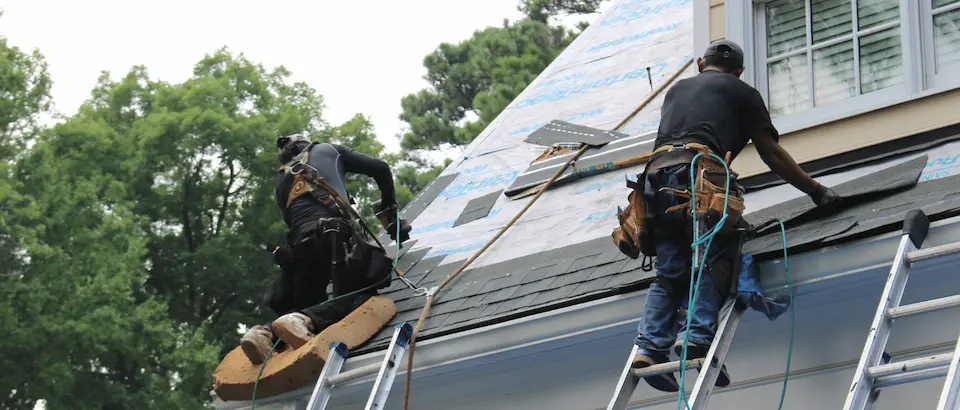Your roof is a critical component of your home, providing protection and shelter for you and your loved ones. Over time, wear and tear can take a toll on your roof, leading to the need for replacement. However, if you’ve recently moved into a new home or can’t recall when your roof was last replaced, you might be wondering how to find out this essential information. In this article, we’ll explore various methods to determine when your roof was replaced.

Understanding the Importance of Knowing Your Roof’s Age
Knowing the age of your roof is crucial for several reasons:
- Maintenance and Repairs: The age of your roof can influence the type and frequency of maintenance it requires. Older roofs may need more attention.
- Warranty: Many roofing materials come with warranties that specify a certain lifespan. Understanding your roof’s age can help you determine if it’s still covered by warranty.
- Resale Value: If you plan to sell your home, prospective buyers may ask about the age and condition of the roof. A well-maintained, relatively new roof can be a selling point.
- Insurance Claims: In the event of damage or a natural disaster, knowing your roof’s age can be essential when filing insurance claims.
- Energy Efficiency: Older roofs may be less energy-efficient. Knowing the age of your roof can help you make informed decisions about insulation and energy conservation.
Now, let’s delve into how to determine when your roof was last replaced.
Methods to Find Out When Your Roof Was Replaced
- Home Inspection Report: If you recently purchased your home, the inspection report should provide information about the roof’s age and condition. This report is usually prepared by a professional home inspector.
- Building Permits: Check with your local government or building department. They may have records of permits issued for roof replacement. These records can often be accessed online or by visiting the office in person.
- Roofing Material Documentation: If you have any documentation related to your roof, such as receipts, invoices, or warranties from the previous homeowner, these can provide insights into the age of the roof.
- Ask the Previous Owner: If possible, reach out to the previous owner or consult the real estate agent who facilitated the sale. They might be able to provide information about when the roof was last replaced.
- Inspect the Roof Itself: A visual inspection of the roof can sometimes reveal clues about its age. Look for signs of wear and aging, including cracked, curling, or missing shingles. This can give you a rough estimate of the roof’s age.
- Consult a Roofing Professional: A roofing contractor or inspector can assess the condition of your roof and provide an estimate of its age based on their experience and knowledge of roofing materials.
- Check the Shingle Manufacturer’s Website: Know your shingles’ brand and type? Check the manufacturer’s website for age details using production dates or product codes.
- Consult Neighbors or Homeowners’ Association: If your neighborhood was developed around the same time, your neighbors may have replaced their roofs around the same time. They could provide insights into when your roof might have been replaced.
Read too: Can I Claim My Roof Replacement On My Taxes
In Conclusion
Knowing your roof’s last replacement date is crucial for maintenance, warranties, and informed home decisions. By using the methods outlined in this article, you can determine the age of your roof and plan for its future maintenance and replacement needs. Whether you find this information through documentation, professionals, or local records, it’s a valuable piece of knowledge for any homeowner.



Leave a Reply